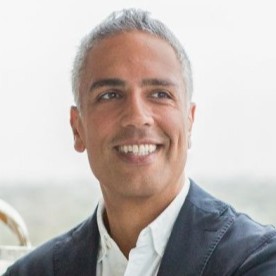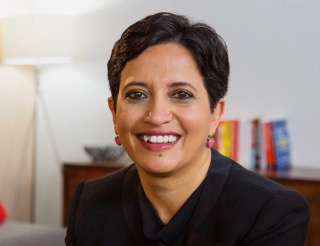Entrepreneur Case Studies
From Solo Entrepreneur to Serial Exits: Shane Neman, CEO of EZ Texting (Part 2)
Sramana Mitra: What did you do after that?
Shane Neman: I have to remember because it was a long time ago.
Sramana Mitra: I remember it very well. I don’t know if you know my background. I am a computer scientist from MIT. The period that you are describing – the 1994 to 2000 period – I founded and ran three startups as a founder and CEO. I remember in absolute gory detail exactly what happened on a daily basis at that time.
>>>From Solo Entrepreneur to Serial Exits: Shane Neman, CEO of EZ Texting (Part 1)

If you haven’t already, please study our free Bootstrapping course and the Investor Introductions page.
Shane started as a solo entrepreneur and built two companies, bootstrapped both, and found successful exits for each.
Read on for more on his journey.
Sramana Mitra: Let’s start at the beginning of your journey. Where are you from? Where were you born and raised? What kind of background did you have?
>>>Bootstrapping Using Services from Atlanta: Avelead CEO Jawad Shaikh (Part 4)
Sramana Mitra: How long did it take you to hit $1 million ARR with this product?
Jawad Shaikh: At the end of 2019, we were roughly at $500,000 ARR. Twelve months later, we were at $4.9 million ARR. We spent a lot and invested a lot in a period of three years to perfect this. We also changed our pricing model at the end of 2019. 2020 has been a blow-up year as you can see. There was a 900% growth from an ARR perspective.
>>>Bootstrapping Using Services from Atlanta: Avelead CEO Jawad Shaikh (Part 3)
Sramana Mitra: By the time you started to identify the opportunity for productization, it was still just the two of you? Were there other people involved?
Jawad Shaikh: No, we started hiring people much early on. I used to say that in my first business, it took us ten years to get to 30 employees. In Avelead, we reached 20 employees in less than three years.
>>>Bootstrapping Using Services from Atlanta: Avelead CEO Jawad Shaikh (Part 2)
Sramana Mitra: Tell me a little bit more about what the product is? What was the process of identifying this product that you wanted to build?
Jawad Shaikh: This was during the Obama years and the stimulus package of helping healthcare systems move to electronic medical records. Our job was always to help hospitals implement those systems. We migrate data and get electronic as much as possible. There were a lot of challenges with that.
>>>Bootstrapping Using Services from Atlanta: Avelead CEO Jawad Shaikh (Part 1)
If you haven’t already, please study our free Bootstrapping course and the Investor Introductions page.
As usual, we love Bootstrapping Using Services case studies.
Sramana Mitra: Let’s start at the beginning of your journey. Where are you from? Where were you born and raised? What kind of background did you have?
>>>Best of Bootstrapping: Duda Co-founders Bootstrap with Paychecks

If you haven’t already, please study our free Bootstrapping course and the Investor Introductions page.
Itai Sadan is the Co-founder and CEO of Duda, a company that turns desktop websites into mobile sites. When we spoke in 2013, Itai had over 10 years of experience in business development, partner management, program management, and development. Prior to founding Duda (formerly DudaMobile), Itai was a director at SAP, where he managed the SAP Discovery System program and was in charge of relationships with IBM, HP, and Fujitsu.
Sramana: Itai, let’s start with the beginning of your personal journey. What is the story that paved the way for your entrepreneurial journey?
Itai Sadan: I was born and raised in Tel Aviv, Israel. I did have a six-year stint in South Africa, where our family lived for a while. I went to high school in Tel Aviv and met the person who is the co-founder and CTO of DudaMobile during my high school years. After high school I went to the army and served in the anti-terrorist school. After I completed my three-year army service, I traveled the world a little bit.
Bootstrapping to $7 Million: Constellix CEO Steven Job (Part 6)
Sramana Mitra: If you own an e-commerce or a large-sized business, an outage is challenging.
Steven Job: Yes, it’s a huge problem. For instance, Amazon was down on October 22. Their DNS provider had a full day outage, so no one was able to buy any products from Amazon that day. This was a big loss. This happened because they had a single DNS provider. They had a single solution and they had no redundancy.
>>>